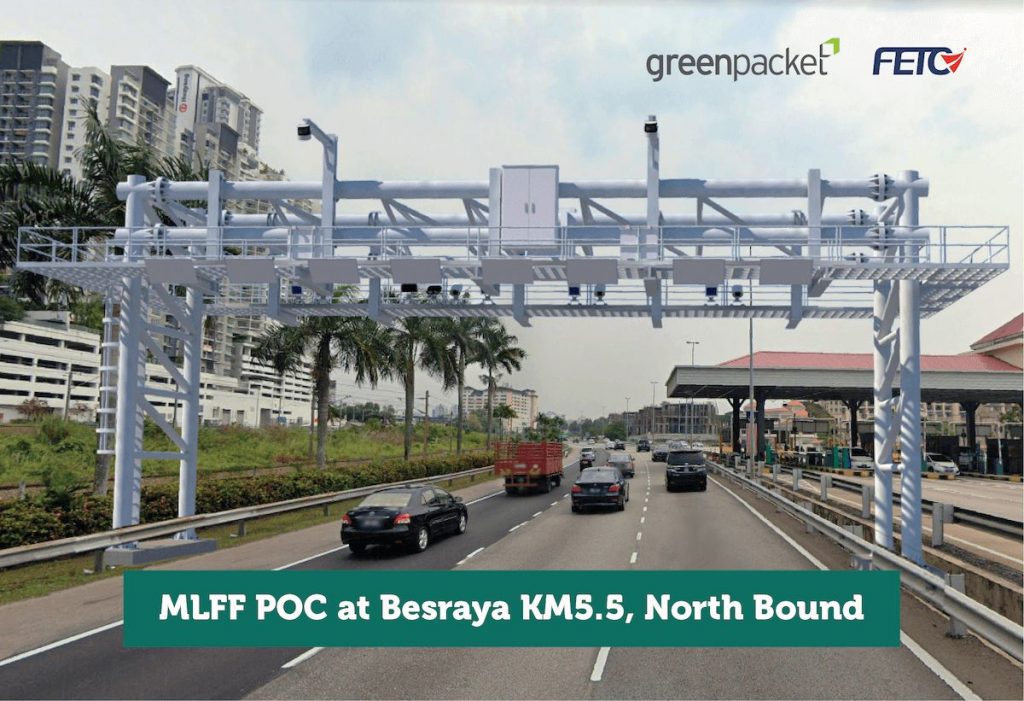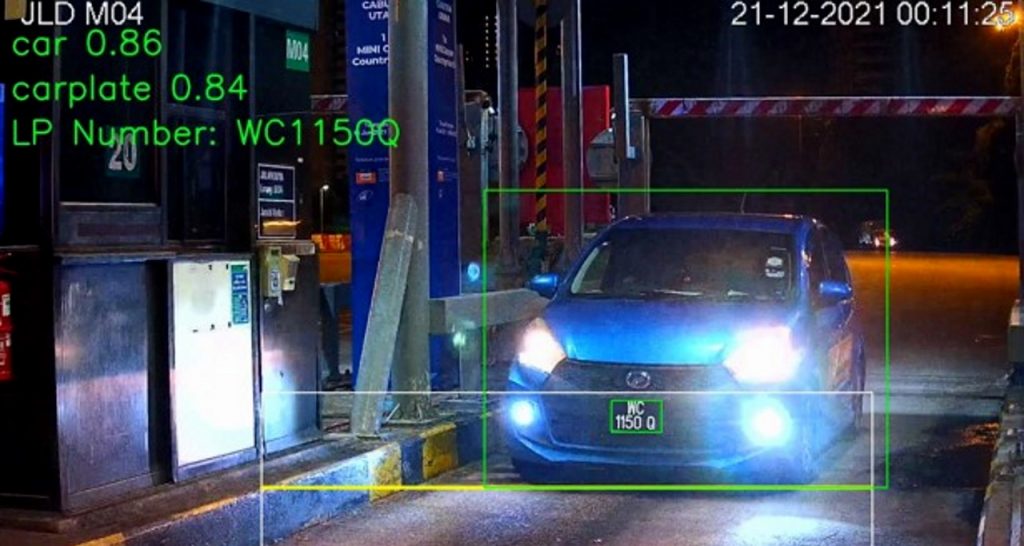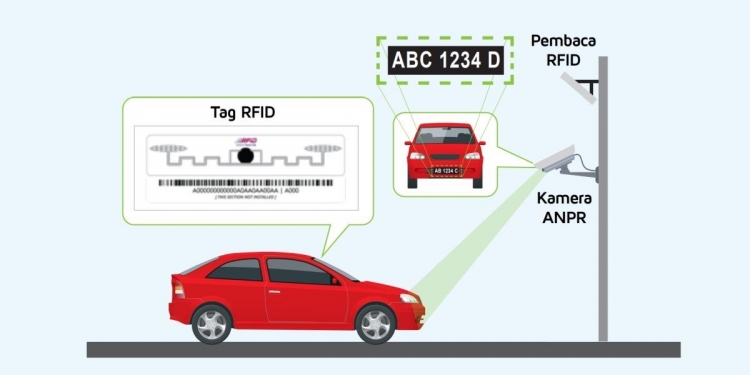The Malaysian Highway Authority (LLM) has announced that the first Multi-Lane-Fast-Flow (MLFF) Proof of Concept (POC) will be implemented using a combination of Radio Frequency Identification (RFID) and Automated Number Plate Recognition (ANPR). MLFF is a barrier-free highway tolling system where tolls can be collected seamlessly without requiring vehicles to slow down. As revealed by Works Minister Alexander Nanta Linggi recently, Sungai Besi Expressway (Besraya) will be the first location for MLFF POC and it will be implemented by the end of October 2023.
According to LLM, the combination of RFID and ANPR technology was studied and decided by the MLFF Technical Committee as well as the Value Assessment Lab and Value Engineering Lab organised by various technical agencies. This is the same technology used by various MLFF implementations globally. The proof of concept will involve the installation of full-scale MLFF gantries to evaluate the efficiency of the MLFF front-end gantries against the key performance index set by highway operators.

As part of the transition to MLFF, the Works Ministry announced that a total of 11 highways will adopt an open payment system which will provide highway users with the option to pay by credit and debit card in addition to Touch ‘n Go. He said that the participating highways will have one lane that allows users to pay by credit and debit cards. With an allocation of RM3.46 billion, the Works Ministry also aims to fully implement MLFF by Q3 2024.

Before toll barriers can be removed, several things need to be sorted out by various ministries which include a comprehensive legal framework to tackle toll evaders. With the removal of barriers, toll leakages are to be expected and highway operators will need to ensure all vehicles are tracked and charged accordingly. For efficient tracking of vehicles using ANPR technology, there’s also a need for stronger enforcement of standardised plates as the usage of fancy plates remains an issue in Malaysia.
[ SOURCE ]








